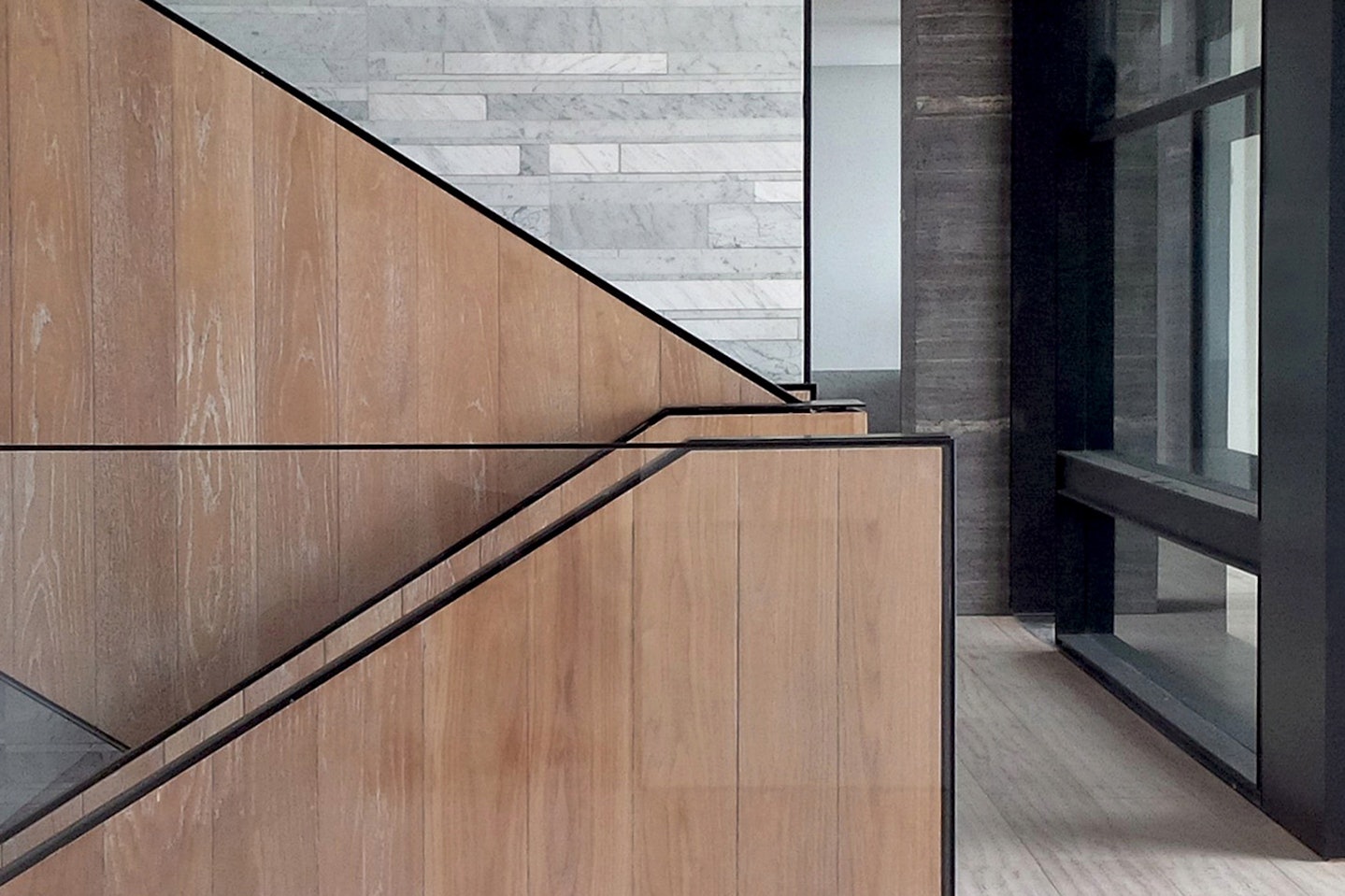How to judge the quality of a BIM object: 5 key points to consider
03.2022
A BIM object is an editable parametric container that encapsulates not only the geometrical characteristics but also the technical and structural specifications that identify a product. As such, BIM objects are much more evolved than 2D or 3D models.
Not all BIM objects, however, are created equally, so it is important to know how to evaluate the quality of BIM objects you are using, given that more often than not you may be accessing them from online libraries.

This guide provides five fundamental points to consider before choosing a BIM object.
1. File extension
The array of BIM software available on the market today is growing and with the increasing interest in the subject, software firms are continuously designing new programs. Each software has more than one native format, so it is almost impossible to cite each and every single one that exists. To ensure that you are downloading a compatible BIM object, you should check that its extension matches the native extension of the BIM software you are using.
The Salvatori BIM objects have been developed with Autodesk Revit software which is currently that most widely used by design engineers. In Revit the extension that names a BIM object (referred to as “family”) is .rfa.
2. Three-dimensional geometries and editable parameters
A BIM object is based on a parametric three-dimensional geometric representation that is founded on parameters defined as editable variables (dimensions, materials, visibility, etc.). If the object you are using is not three-dimensional, you should question its quality. The same rule goes if it is not editable.
3. Presence of extractable technical information.
In a BIM object, the data is as important as its geometry. The added value of BIM lies precisely in the ability to associate technical, physical, commercial and other pertinent information with an object so that you can analyse and extrapolate it at any time.
So, if an object only contains information of the geometric type, and is missing the technical, commercial and other elements, it can in no way be considered a BIM object.

4. Presence of different levels of detail
A BIM object must have three different levels of graphic information (low, medium and high) to choose from based upon the design phase of the project. The level of graphic detail and information of a BIM object gradually increases as a project progresses from a simple schematic in the initial phase to a detailed model resembling the real product typical of an “as built” phase.
If there is no differentiation in terms of detail level, you risk associating unnecessary or excessive information which may waste time or obscure the main area of focus during a particular design phase.
5. File size
A BIM object should never exceed 1500 KB. Larger objects may overburden the template files and cause your software to slow down.
Design for Index Tower project: ANARCHITECT & T.ZED Architects
Design for ETH project: Baumschlager EberleDesign for Disco House project: William Smalley RIBA and Danny Pine (Pinzauer Design)
